

Guidelines for submitting articles to Roda Golf Resort Today
Hello, and thank you for choosing La Torre Today.com to publicise your organisation’s info or event.
Roda Golf Resort Today is a website set up by Murcia Today specifically for residents of the urbanisation in Southwest Murcia, providing news and information on what’s happening in the local area, which is the largest English-speaking expat area in the Region of Murcia.
When submitting text to be included on Roda Golf Resort Today, please abide by the following guidelines so we can upload your article as swiftly as possible:
Send an email to editor@spaintodayonline.com or contact@murciatoday.com
Attach the information in a Word Document or Google Doc
Include all relevant points, including:
Who is the organisation running the event?
Where is it happening?
When?
How much does it cost?
Is it necessary to book beforehand, or can people just show up on the day?
…but try not to exceed 300 words
Also attach a photo to illustrate your article, no more than 100kb

Alma Minera: dance becomes new ambassador promoting Murcia worldwide
Vibrant colour, stimulating music and movement make flamenco a powerful marketing tool
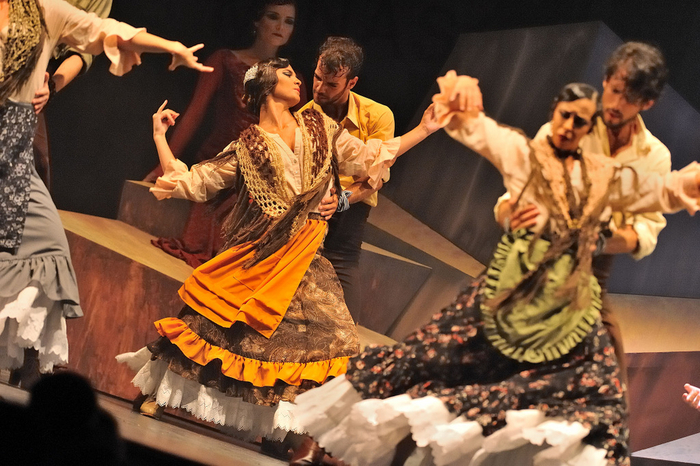
Following the first gala performance of Saturday with Niño Josele, festival goers at the second gala night of the 54th International Festival, Cante de las Minas at La Unión, were treated to the fruits of an initiative to develop the talents of outstanding young flamenco artists, the Cante de las Minas Foundation.
This took the form of a dance spectacular, Alma Minera, which narrated the story of the La Unión mines and the miners who worked in them, through the suffering of the grim life endured by these men, enlightened by moments of relief in the Café Cantante which so ably parted miners from their hard-earned money.
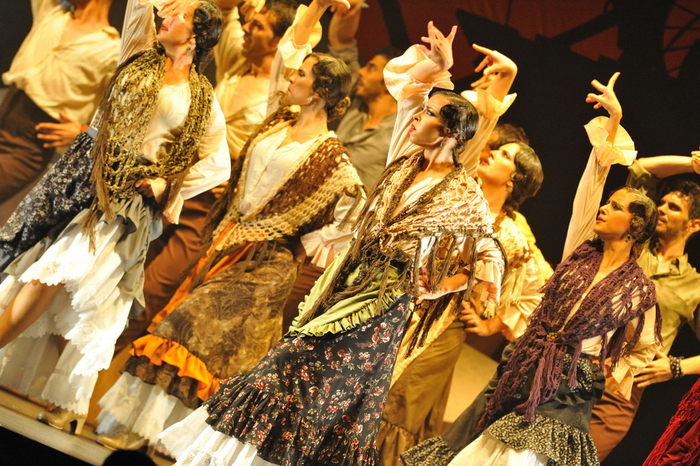
The spectacular featured pupils from the school set up by the foundation, with nine male and six female students, supported by five invited artists, the piece specially written by composer and guitarist, Francisco Tornero, choreographed by Carlos Rodríguez, Miguel Ángel Rozas and Miguel Ángel Rodríguez, directed by Cloti Corví and Beatriz Arce, with the set by La Unión artist, Esteban Bernal .
Although the whole piece was thoroughly enjoyable, a feast for the senses with powerful music, glorious costumes and all-consuming dance, it’s importance goes way beyond the performance witnessed by those lucky enough to be inside the Catedral del Cante last night: this initiative will take the message of not only Murcia and La Unión, but also flamenco, right across the world through the Cante Las Minas tour and the work being undertaken by the foundation, as well as helping to create employment and a future for La Unión.
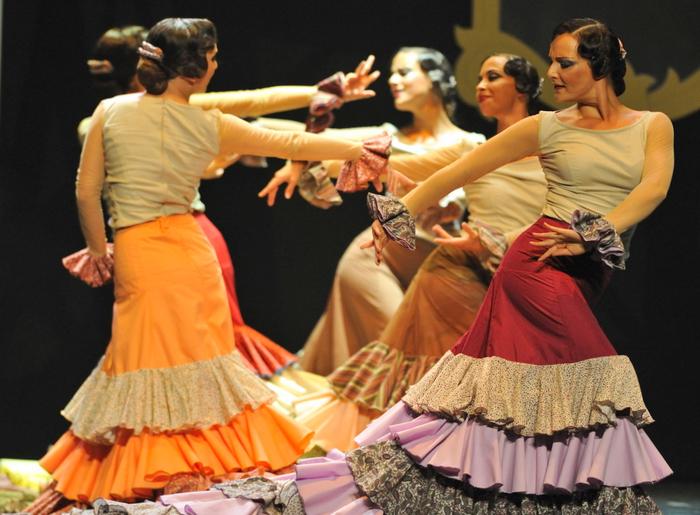
Flamenco is such a complex subject, and most foreigners don´t stand the faintest chance of ever truly appreciating it for the passionate and intense artform it really is without some sort of opening window and helping hand to gently guide them across that first threshold of harsh vocals, unfamiliar timing and a complex structure which many Spanish themselves don´t know the first thing about. How many Spaniards really know the difference between fandangos, tarantos, martinete, cabal, caracoles, caña, tangos, farruca and fantasía por bulerías. Not as many as you’d think, and foreigners who have been served a poor diet of watered down sevillanas dressed with a slice of Viva España in tourist bars stand even less chance.
Yes of course the cultured élite will have seen the great Spanish flamenco artists in capital city venues across the world, but the majority, and the majority of those who live in, or choose to visit Spain as a tourist destination every year will have had little, or no, exposure to true flamenco for a variety of factors. Lack of interest is of course, a very good reason , and those who come seeking sangria, sex on the beach and sun are unlikely to seek out flamenco, and having spoken to many foreigners about their interests as part of ongoing research into what Murcia Today readers really want, a surprising second is that the singing ( cante) puts them off.
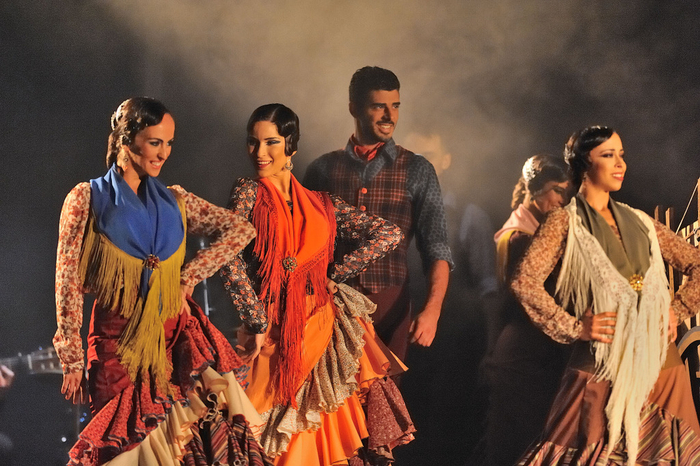
The Eds shameful secret is that she purchased tickets for a cante gala at Las Minas more than 10 years ago out of a desire to learn more, and slunk out of the performance half way through because she just didn´t get it, and certainly wasn´t enjoying it. Of course, experience has now shown that the gala selected simply by sticking a pin in a programme was as pure as it gets and even some of the Spanish were slipping out to have a beer in the bar while they waited for the subsequent artist to come on, but familiarity, and education from the old sages who are more than willing to share their knowledge have helped to cross the great divide.
Two things changed what happened ten years ago: dance and attending a flamenco conference during which a flamencologist took attendees through some of the different forms of song, explained the pattern around which they were constructed, taught us how to clap the appropriate rhythm, and explained what was going on, ie this strum of the guitar means it’s your turn to sing, three ay-eeee’s is the standard way to start this particular cante and the dancer will do this when the singer does that.

But dance is the door opener, because it makes the whole experience complete, and those watching dance are so busy enjoying the movement, colour and beauty of what they see that they forget to listen to the singing, and before they realise it, the singing is no longer harsh and alien, it’s a natural part of the dance, and the dance wouldn´t be the same without it. And gradually it becomes familiar, the sound less grating, the rhythms comfortable and some start to find that much to their surprise they’re enjoying every moment of it.
But although the sound and rhythms are totally alien to those from the UK and much of central Europe, the true roots of flamenco lie buried in other cultures and there is a huge following for flamenco in India and Japan. Expats are often shocked to learn that there are more flamenco schools in Japan than there are in Spain, and attracting some of the young people passionate about flamenco from these other cultures to come and study in Spain, as well as taking Spanish flamenco into these countries is part of the reason why this foundation was formed in La Unión, linked to this flamenco festival.
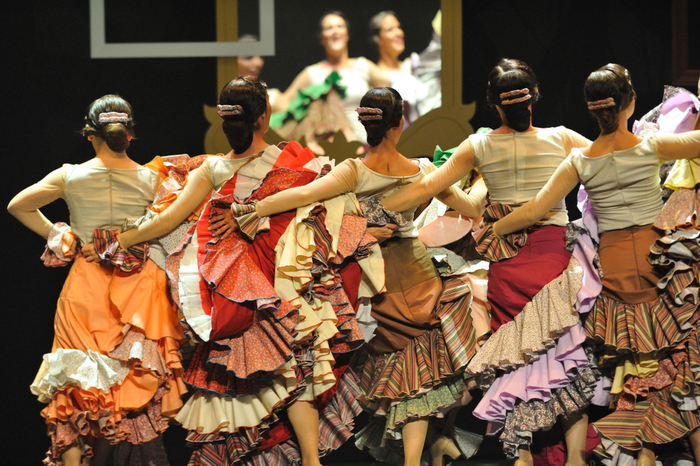
A flamenco school now exists in la Unión, and the festival itself is being promoted by staging competitions and performances in these other countries, internationalising the festival in a way which has never been done before, this specially written piece giving students the chance to perform in a major spectacular and continue to develop as artists, while taking part in the tour to promote the festival itself, by rote the Region of Murcia and also the art of flamenco itself to a wider audience.
Vibrant colour, beautiful people, stunning costumes, and sensually stimulating music will all combine to promote the name of Murcia internationally through this tour, making dance the ambassador of Murcia. Dance can crash through any language barriers, and flamenco can be used so much more effectively to create an instant interaction with a target audience: google the Spanish tourism board flamenco flashdance in London on a drab rainy morning and see the reaction from passengers: a ray of bright and vibrant Spanish sunshine which makes them think with longing of summer, holidays, and more importantly, where they would like to spend them.
And hopefully create real jobs for developing artists, and long-term work for La Unión.
Click for more information about Cante de las Minas 2014
